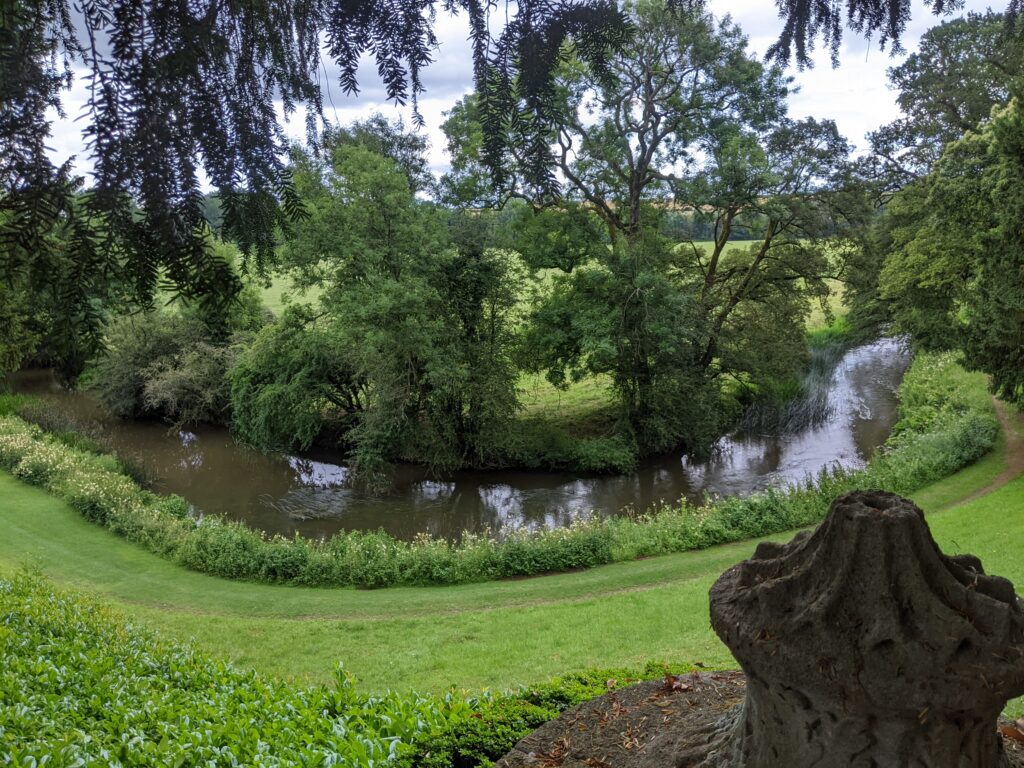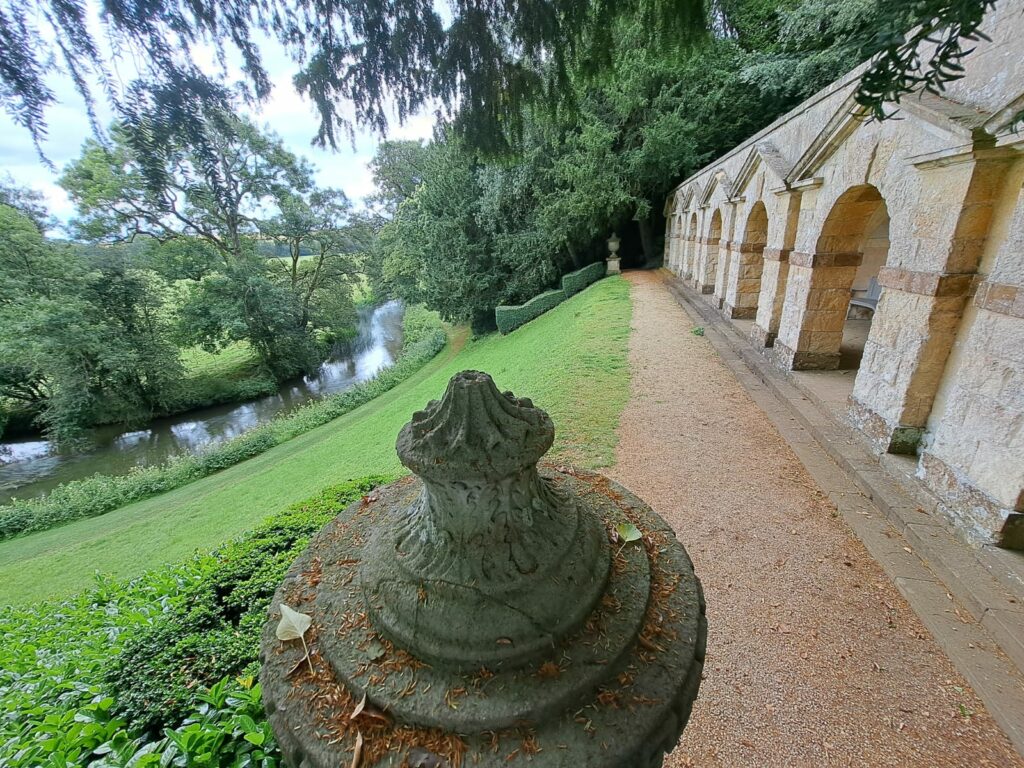The next day I was in London. First the Wallace Collection. A good collection of Canelettos and other views of Venice. Wonderful setting for a gallery in one of London’s grandest town houses. Then onwards southwards, to look at hats at Locke and Co., the place where the king buys his headwear. This shop was started in the same place it is now in the late 1600s. Then to the gates of Buckingham Palace, ground zero for many people’s vision of London. I hadn’t taken in the majesty of the statue of Queen Victoria outside the front of the palace, and the great bronze statues around it. Then onwards for a walk to the Victoria and Albert Museum, where refreshments were enjoyed in its wonderful indoors café full of mosaics and shimmering light. I saw the Bed of Ware, perhaps the most interesting bit of English furniture, a great early modern wooden four poster bed, covered in superb carvings. Then outside to enjoy the carvings on the Albert Memorial in front of the Royal Albert Hall. The representations of Asia and Africa are my favourite bits here – such majesty and confidence.
Onwards through Kensington gardens, to the Speke monument. The Speke Monument is a red granite statue dedicated to John Hanning Speke – the first European to discover Lake Victoria and lead expeditions to locate the source of the Nile. What a great man he was, dying soon after in what may have been suicide or an accident after getting back to England from discovering the source of the Nile in the nineteenth century. I suspect many people who pass the Speke memorial have no idea who he was, and what wonders he witnessed in the wilds of Africa, and that is a shame.
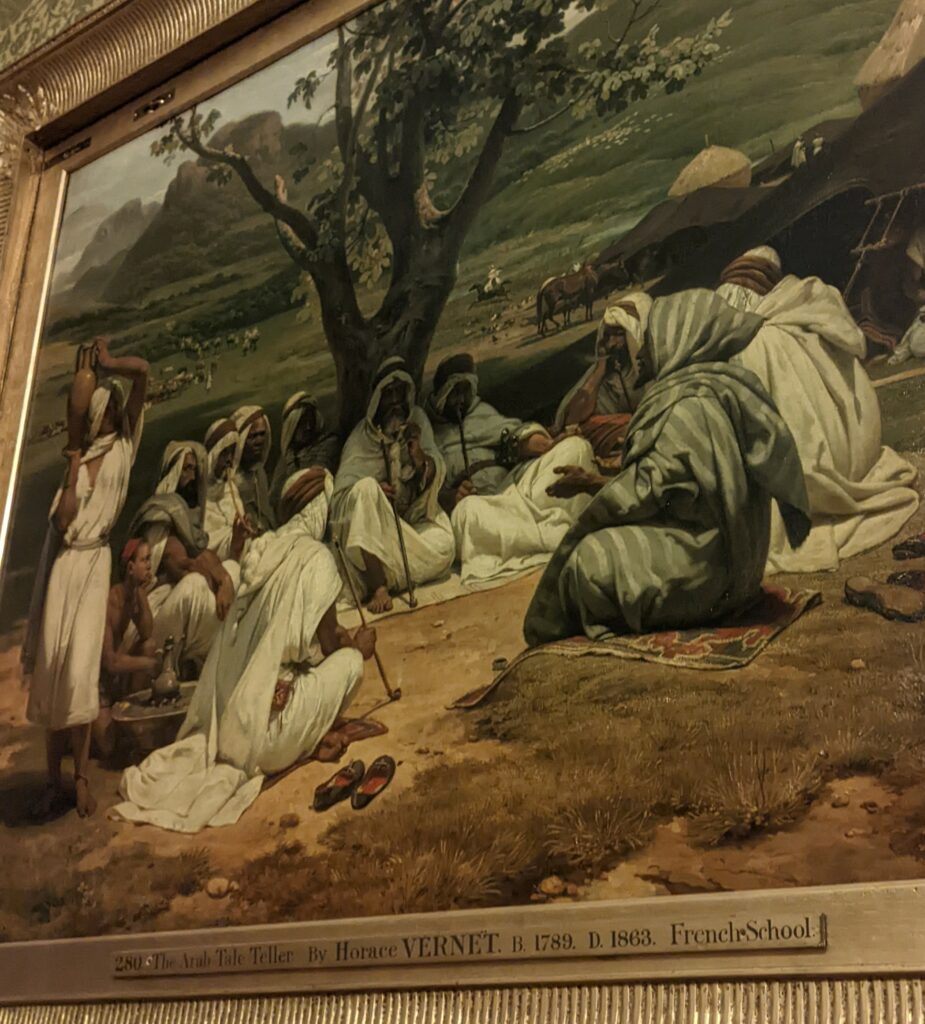
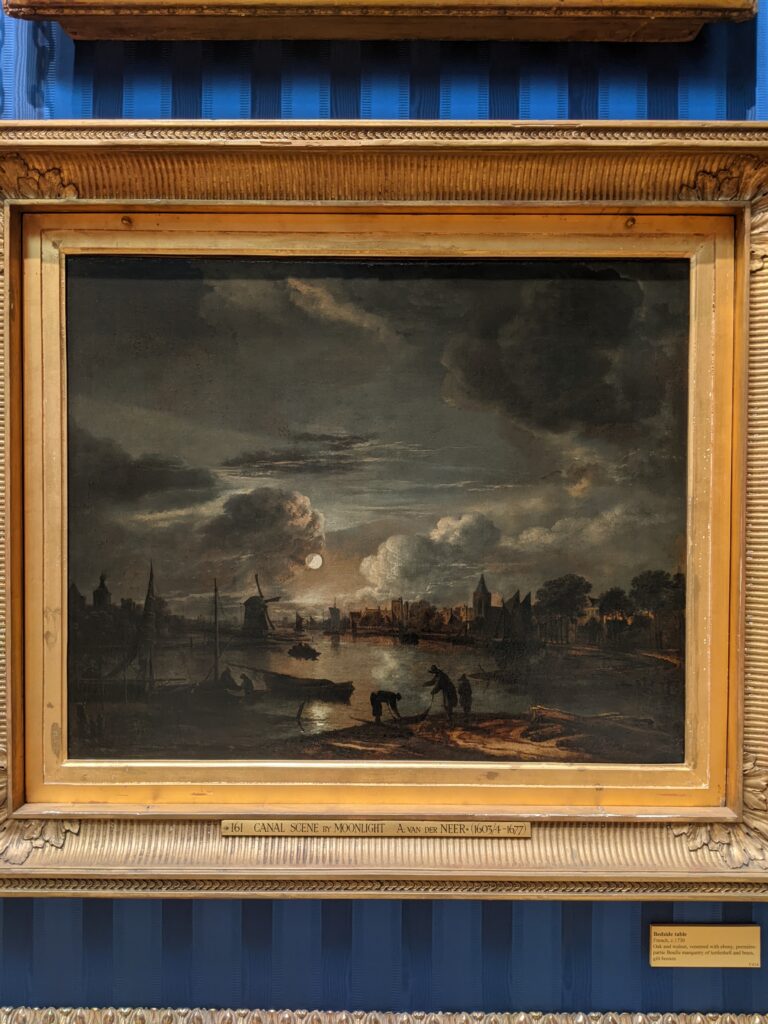
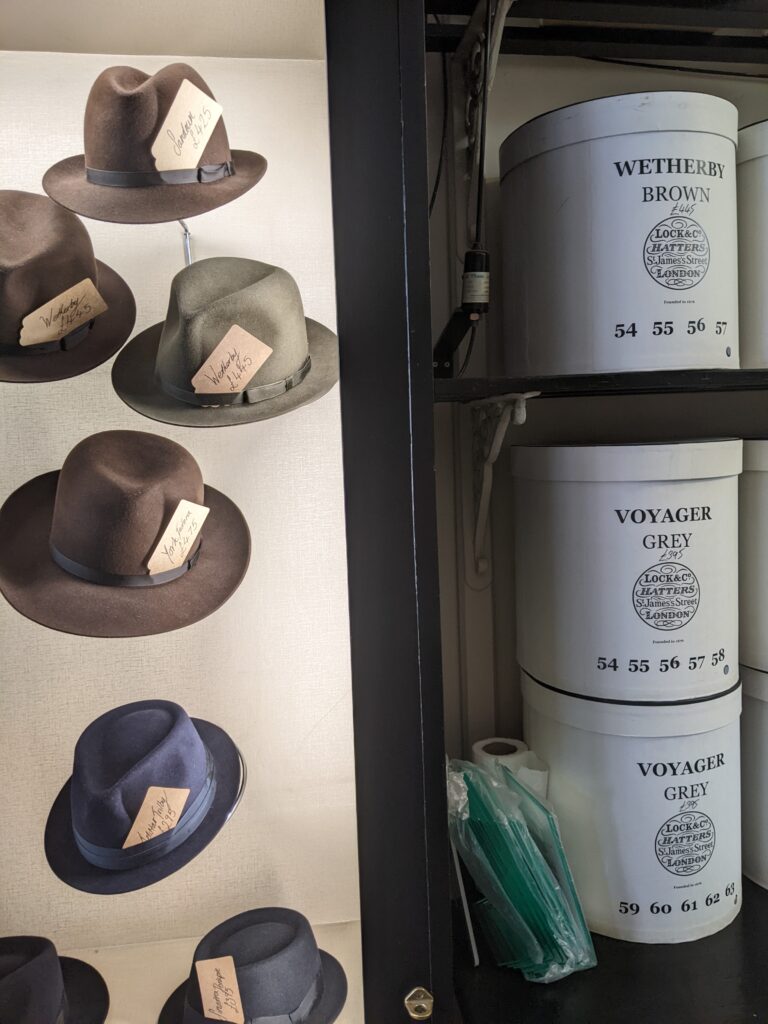
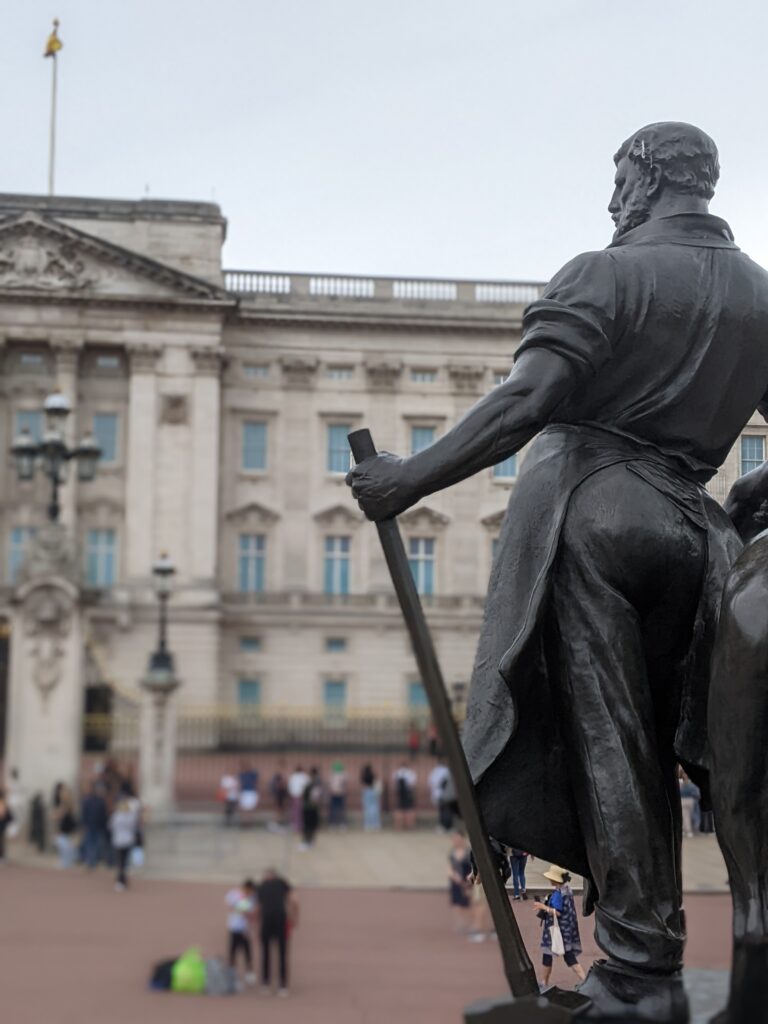
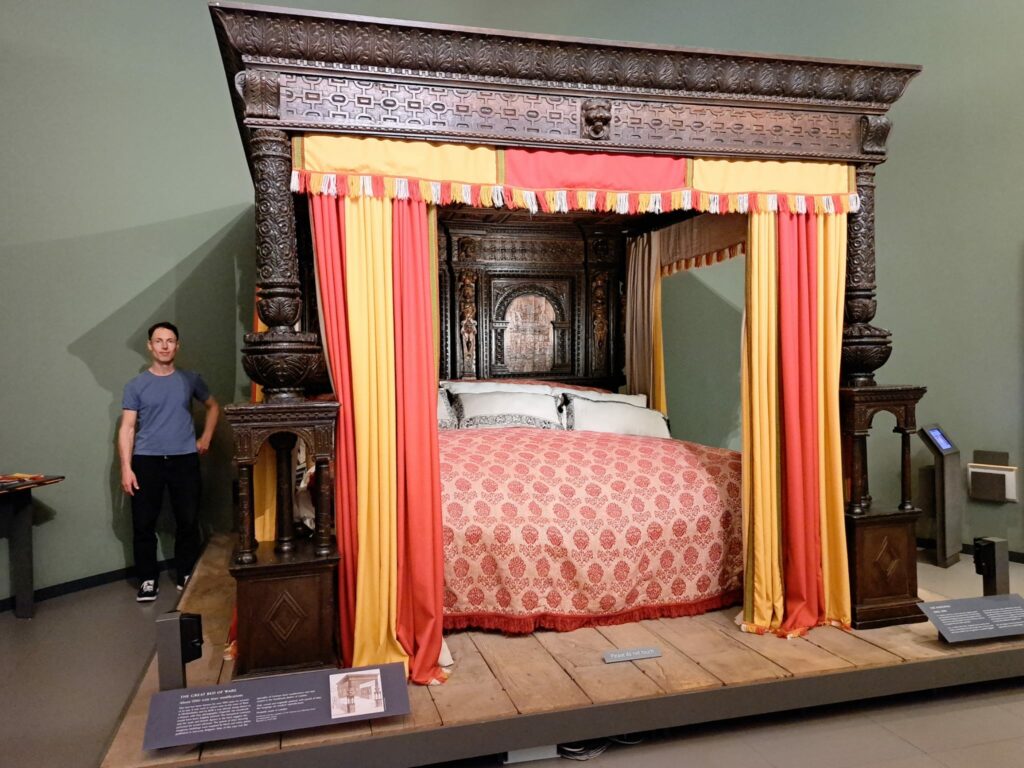
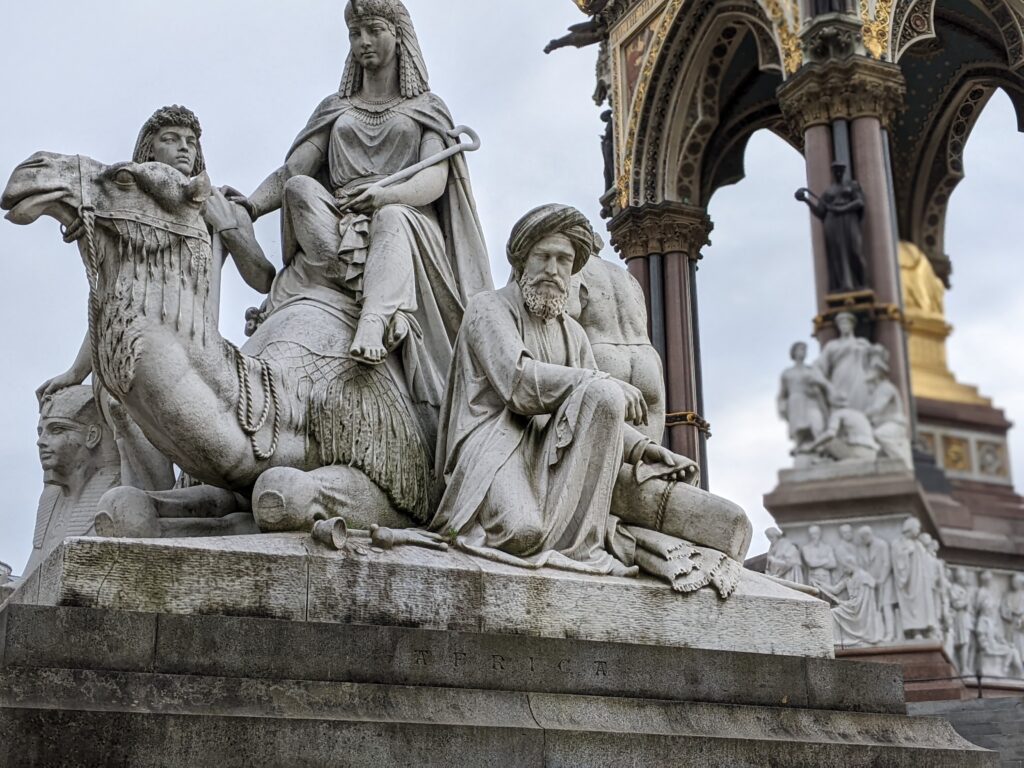
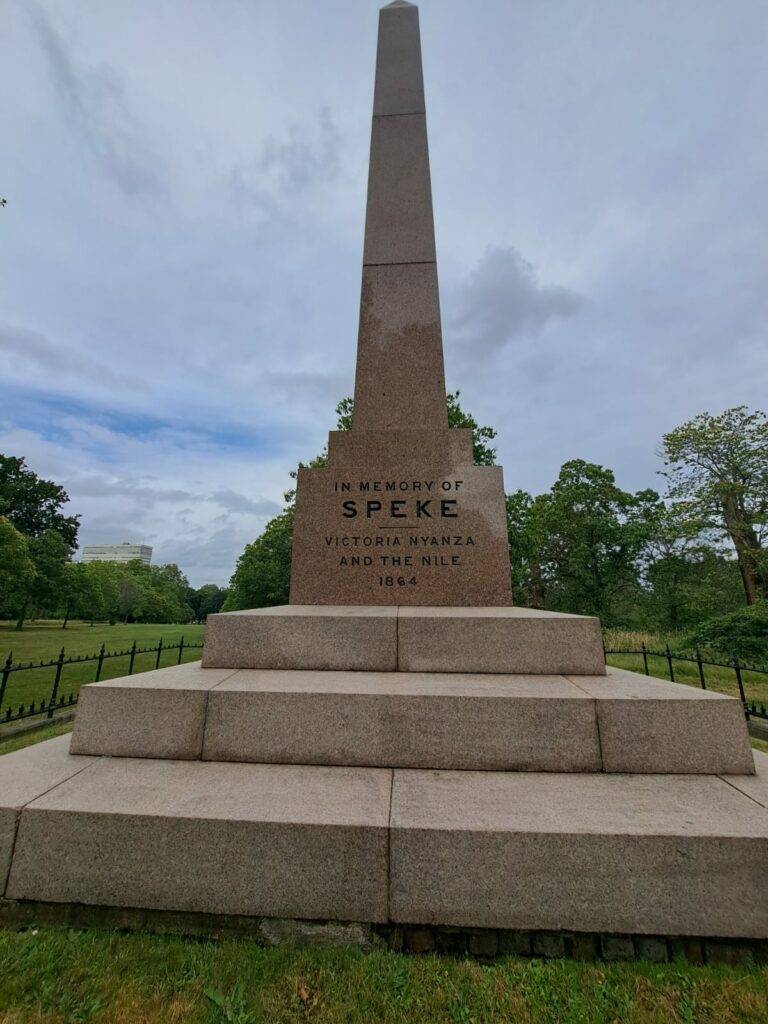
The next day I was in Oxford. I wandered around the Ashmolean museum and enjoyed the top floor where the nineteenth century English painters are shown. The Pre-Raphaelite Brotherhood was formed in 1848 by a group of young painters who intended to restore to English art a freshness and close study of nature. Home from the Sea by Arthur Hughes (1862) is of a boy on the soft turf at his mother’s grave
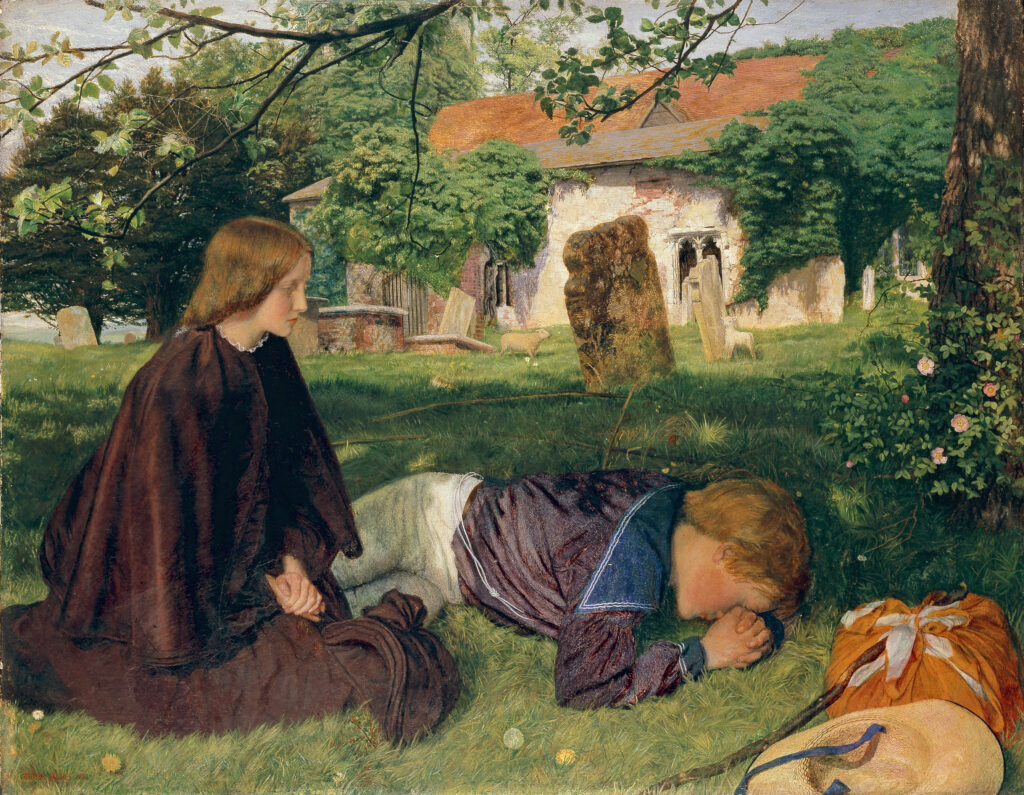
And then there is A Study in March by John William Inchbold (1855). The first flowers in March in an English wood come out amongst the hard features of the season… This painting by Inchbold was inspired by the lines from Wordsworth: “When the primrose peeped out to give an earnest of the spring…” Young lambs and a hard blue sky above. The fragility of new life in a harsh world. Ruskin thought this painting exceedingly beautiful.
These were mostly images I knew, but I had never seen the original paintings up close. It was more of the England I love.
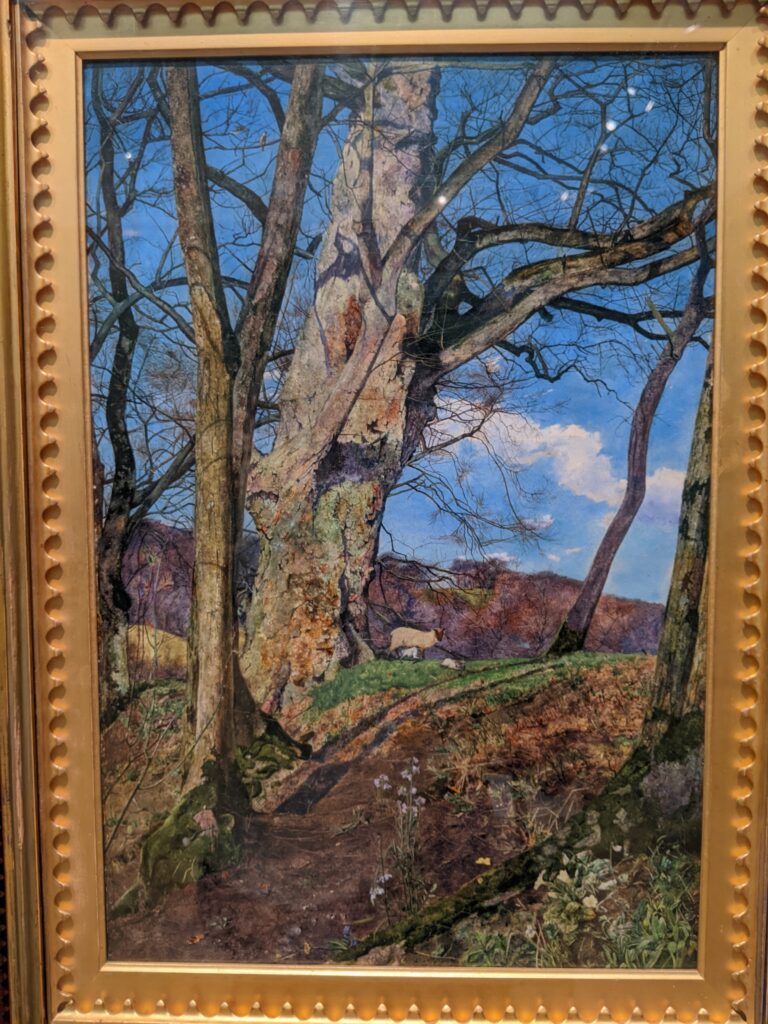
Later still in Oxford, walking through New College, I noticed these gates. The motto of the founder of the college but perhaps also of the idea of the English gentleman…
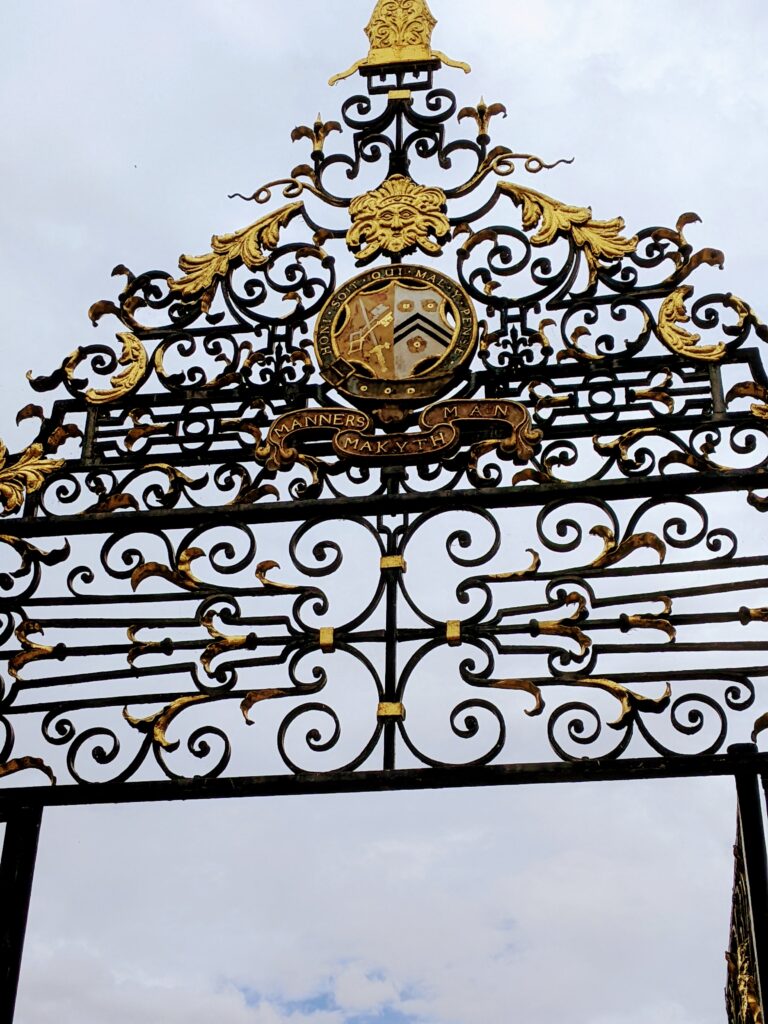
Later walking around the Pitts River Museum collection of anthropological artefacts I was reminded how as an 18 year old I had walked here and been inspired to study Anthropology at the Australian National University. The artefacts here also reminded me of that side of the English character that is the intrepid explorer, from Speke and Burton to Thesiger and Robert Byron. The plucky and learned traveller who probes far distant tribal societies and their unique view of the cosmos, and brings back the evidence to the ordered world of English gentlemen waiting in their London clubs. England has for a very long time had this strain of deeply cosmopolitan perspective, unfortunately usually just among the expensively educated.
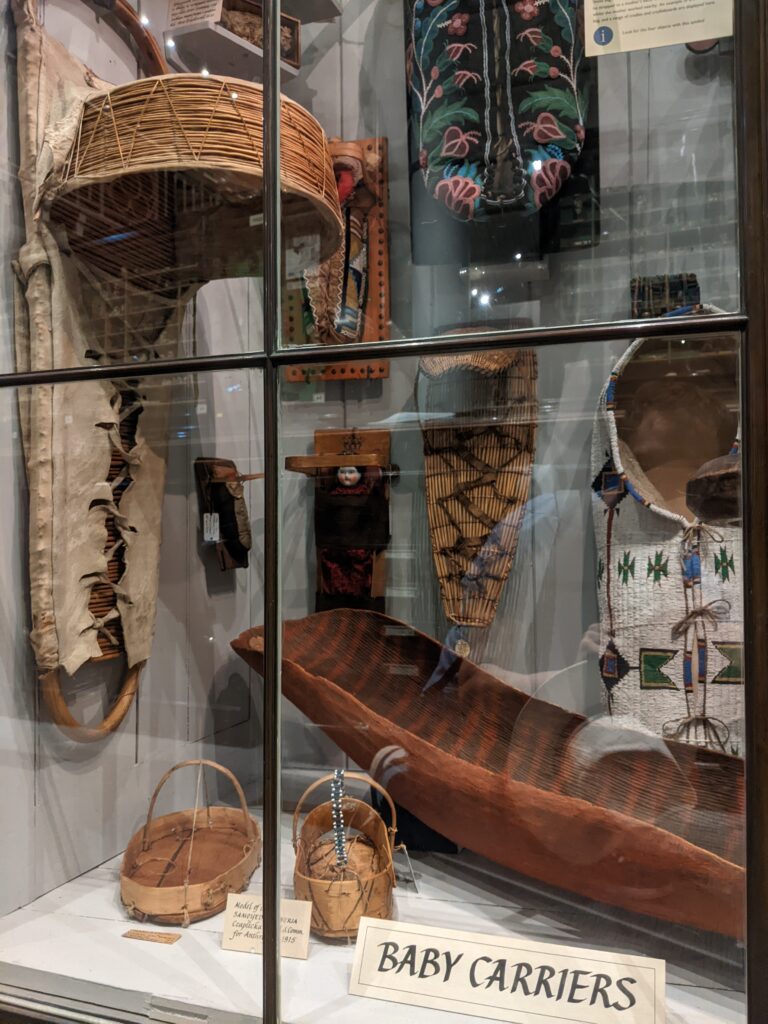
The next day I was in a village north of Oxford, and then on bicycles off through the villages and fields to visit Rousham Gardens. These gardens are attached to a country house, and were designed by William Kent in the 1730s, and maintain the basic pattern he laid out then. They have never looked better than today. The owner is 87 and not terribly bothered to make the whole thing into a tourist money making machine, so it is low key and not all that famous. However the section that is classic English landscape garden is gorgeous, particularly that part where a stone temple and two great stone urns, look down on a sinuous bend in the river Cherwell below, and out over tree tops to a green field on the other side of the river. What a spot to sit and reflect and contemplate the world and one’s life.
